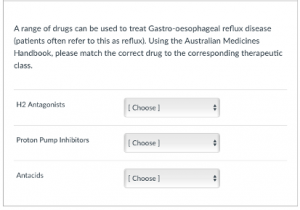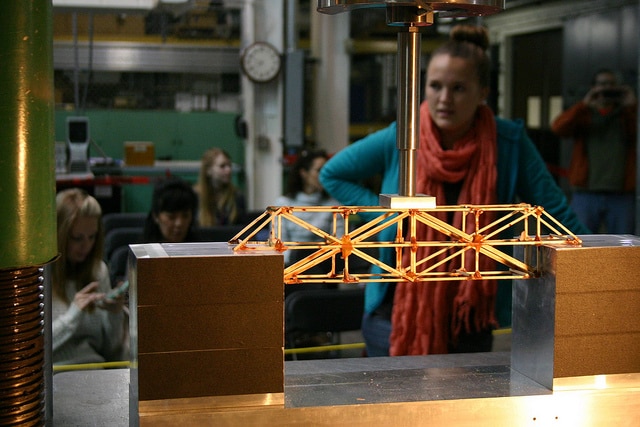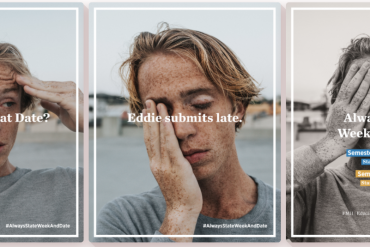I found teaching inspiration for pharmacy education in the most unexpected place – Ancient Greece. It all started with a digital collection of artefacts from Ancient Greece and a conversation with an archaeologist from Educational Innovation. Archaeologists are trained to critically appraise artefacts by closely inspecting their shape, form, and colour to deduce its chronological origins. This type of learning is called Object Based Learning (OBL), which is a student-centred learning approach that facilitates deep learning through actively interacting with authentic objects and artefacts (Chatterjee & Hannan, 2015). OBL has a strong tradition in History and Museum education where there are tangible objects and artefacts for students to handle and examine closely (Chatterjee, 2011; Romanek & Lynch, 2020).
I coordinate Foundations of Pharmacy (PHAR 1811) and at the start of each semester, the question that I am most frequently asked by students is: what’s the secret for memorising all the drug names and doses? In pharmacy, it’s not so much about memorising all the information, it’s about knowing where to look for it and being able to apply it to different clinical problems. I consider information navigation a critical skill for all pharmacy students. Such skills are not learnt overnight but require constant practice and evolve with the student as they engage in more advanced learning in the later years of the pharmacy degree. Existing approaches involving information extraction from reference sources and report writing provide limited opportunities to truly master and refine the navigation of pharmacy reference texts.
Much like an archaeologist would closely look at a pot from ancient Greece, I wanted my students to slow down and carefully interrogate the features of each reference text. Through this process the student will be able to see how each monograph is structured and organised, appraising the different types of information provided and understand how each reference text can be used to solve drug-related problems. The digital collection of reference texts that are part of the Pharmacy Subject Guide in the library became the learning objects for my students – each text as a self-contained, discrete object that the student can interact with on an ongoing basis.
Educational Design
My educational design of the OBL activity was tailored to an online teaching environment using Zoom and the capabilities of a Canvas Quiz. The initial learning began as a workshop where students worked in small groups of five. Prior to the workshop, each group was designated as the content expert for one of the five resources: Australian Medicines Handbook, Therapeutic Guidelines, Monthly Index of Medical Specialities (MIMS), AusDI, and IBM Micromedex. A worksheet was then developed with questions that were framed around a case study on depression and antidepressants.
Each group was responsible for looking up information in the respective texts to answer questions about the case study. The questions were designed to highlight the functionality of the respective sources (e.g., drug interactions, tablet images, formulation types, etc.) and the organisation and structure of each text. The goal of the workshop was to allow students to appraise the information in-text, discuss the presence or absence of certain types of drug information across the sources, and then to compare the differences when content coverage overlapped between resources. These online in-class discussions allowed for peer-teaching where students shared their screens on Zoom and showed their peers the process and tabs to click on when locating the required information while the other students took notes in their worksheet. As part of their self-study, in preparation for the assessment, students were encouraged to look up unfamiliar technical terms and to repeat the process of interrogation across the five reference texts for different drugs of their choice.
Building an Object-Based Learning Assessment
To align assessment to the OBL learning activity and learning outcomes of the unit of study, three open-book in-class Canvas quizzes were designed. Students responded to a bank of drug-related questions (e.g., drug doses, drug interactions and drug therapeutic classes) which assessed their ability to navigate and locate the relevant information (Figure 1).

Figure 1. Example of a Question in the Pharmacy Resources Quiz
The quizzes were spaced out over semester and progressively became more challenging. In quiz 1, more scaffolding was provided to guide students to the correct reference text to access, whereas quiz 2 and 3 relied more heavily on students’ clinical judgement to determine which reference text would be most appropriate for answering a question and being able to corroborate information from multiple reference texts. The duration of each quiz was 30 minutes, but each iteration included 2 additional questions from earlier quizzes (i.e., quiz 1: 13 questions, quiz 2: 15 questions and quiz 3: 17 questions). This assessment approach allowed information navigation skills to develop and build over the course of the semester, reinforcing core pharmacy concepts while socialising students into the world view of pharmacists and their approaches to problem solving in the first semester of first year pharmacy.
Reflection
This approach to teaching information navigation skills was only introduced in in 2021 as a departure from traditional didactic lectures and report writing. One of the key advantages in changing the learning format was the ability to provide tailored student feedback. Canvas quiz analytics helped to pinpoint students’ strengths and weaknesses as well as the problem context of using the different reference texts, which allowed me to scaffold the subsequent workshops and resources. So far, end of semester student reflections and feedback on the OBL activity have been overwhelmingly positive from the perspective of skills mastery and helping students understand pharmacists’ ways of thinking and ways of doing. I see great potential to expand OBL into other areas of the pharmacy education space, with the integration of more learning objects and artefacts to authentically engage the pharmacy student.
The pharmacy resources quiz was another thing that I loved, although they were challenging. It was a fun way to get to know how to access and use pharmacy resources quickly and efficiently.
(2021 USS Student Feedback 1)
I really enjoyed taking the Pharmacy Resources quizzes – I found them really fun… and also think that they are incredibly useful ways to measure how competent we are at using these databases which are a huge part of the profession.
(2021 USS Student Feedback 2)
Want to learn more?
You can contact the Academic Liaison Librarian for your discipline or the Chau Chak Wing Museum on [email protected]
References
Chatterjee, H. J. (2011). Object-based learning in higher education: The pedagogical power of museums. doi:http://dx.doi.org/10.18452/8697
Chatterjee, H. J., & Hannan, L. (2015). Engaging the Senses: Object-Based Learning in Higher Education: Routledge.
Romanek, D., & Lynch, B. (2020). Touch and the Value of Objects Handling: Final Conclusions for a New Sensory Museology. In H. Chatterjee (Ed.), Touch in museums : policy and practice in object handling. Abingdon: Routledge.





